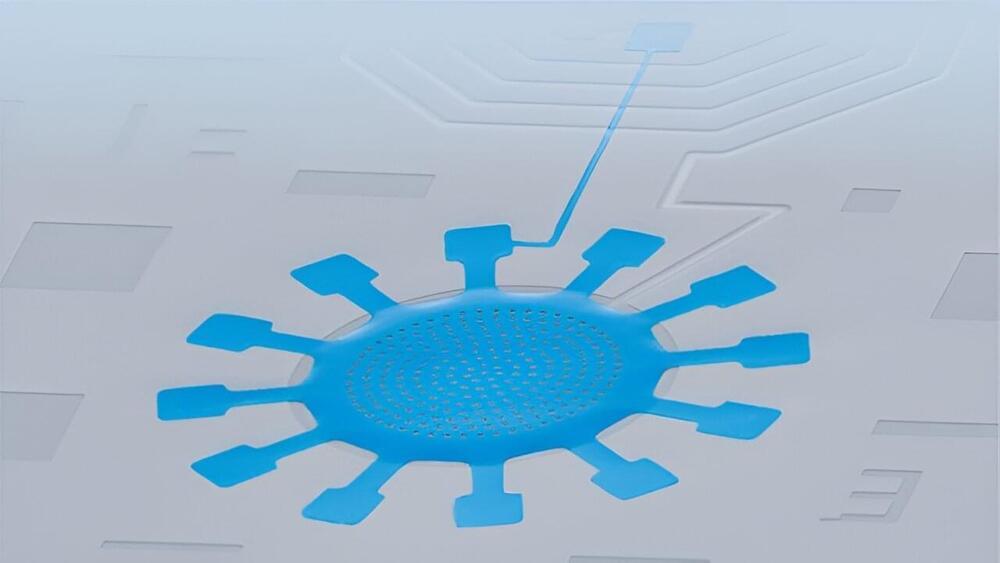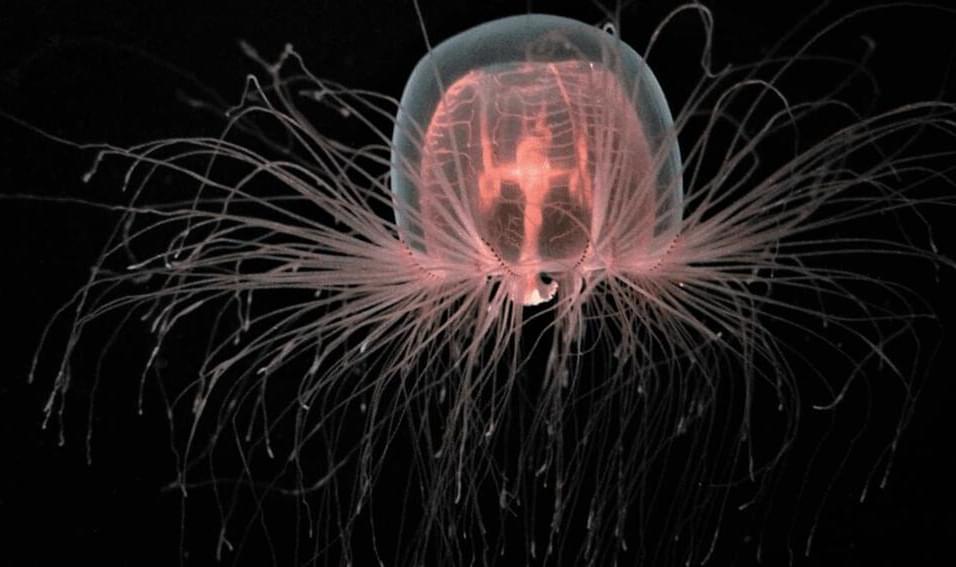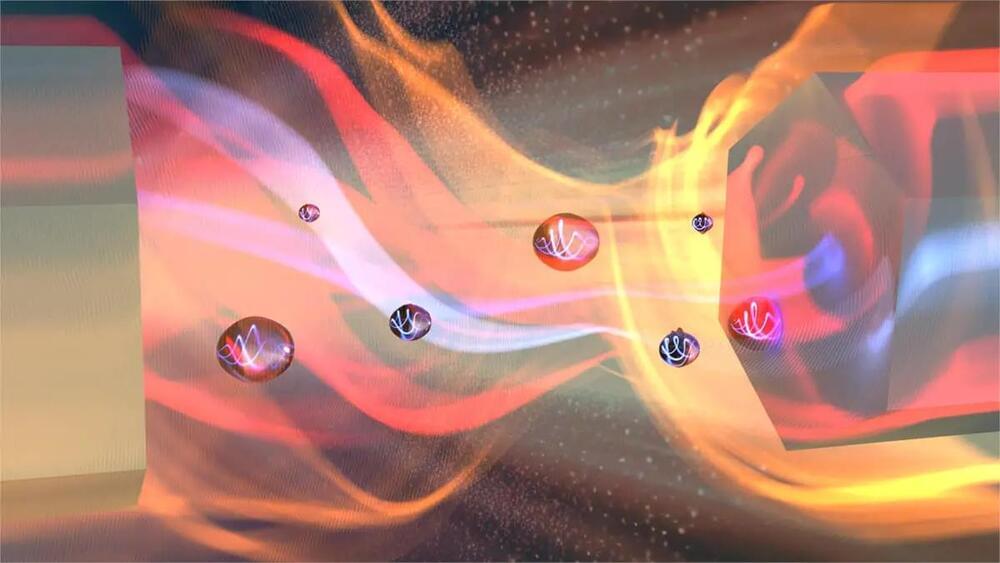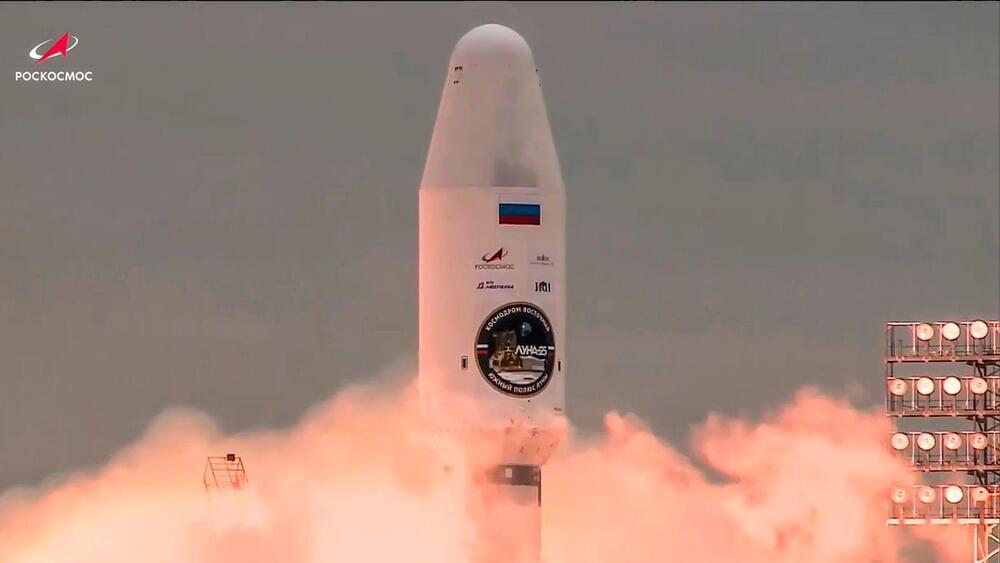Over the past decade, scientists have made tremendous progress in generating quantum phenomena in mechanical systems. What seemed impossible only fifteen years ago has now become a reality, as researchers successfully create quantum states in macroscopic mechanical objects.
By coupling these mechanical oscillators to light photons—known as “optomechanical systems”—scientists have been able to cool them down to their lowest energy level close to the quantum limit, “squeeze them” to reduce their vibrations even further, and entangle them with each other. These advancements have opened up new opportunities in quantum sensing, compact storage in quantum computing, fundamental tests of quantum gravity, and even in the search for dark matter.
In order to efficiently operate optomechanical systems in the quantum regime, scientists face a dilemma. On one hand, the mechanical oscillators must be properly isolated from their environment to minimize energy loss; on the other hand, they must be well-coupled to other physical systems such as electromagnetic resonators to control them.









